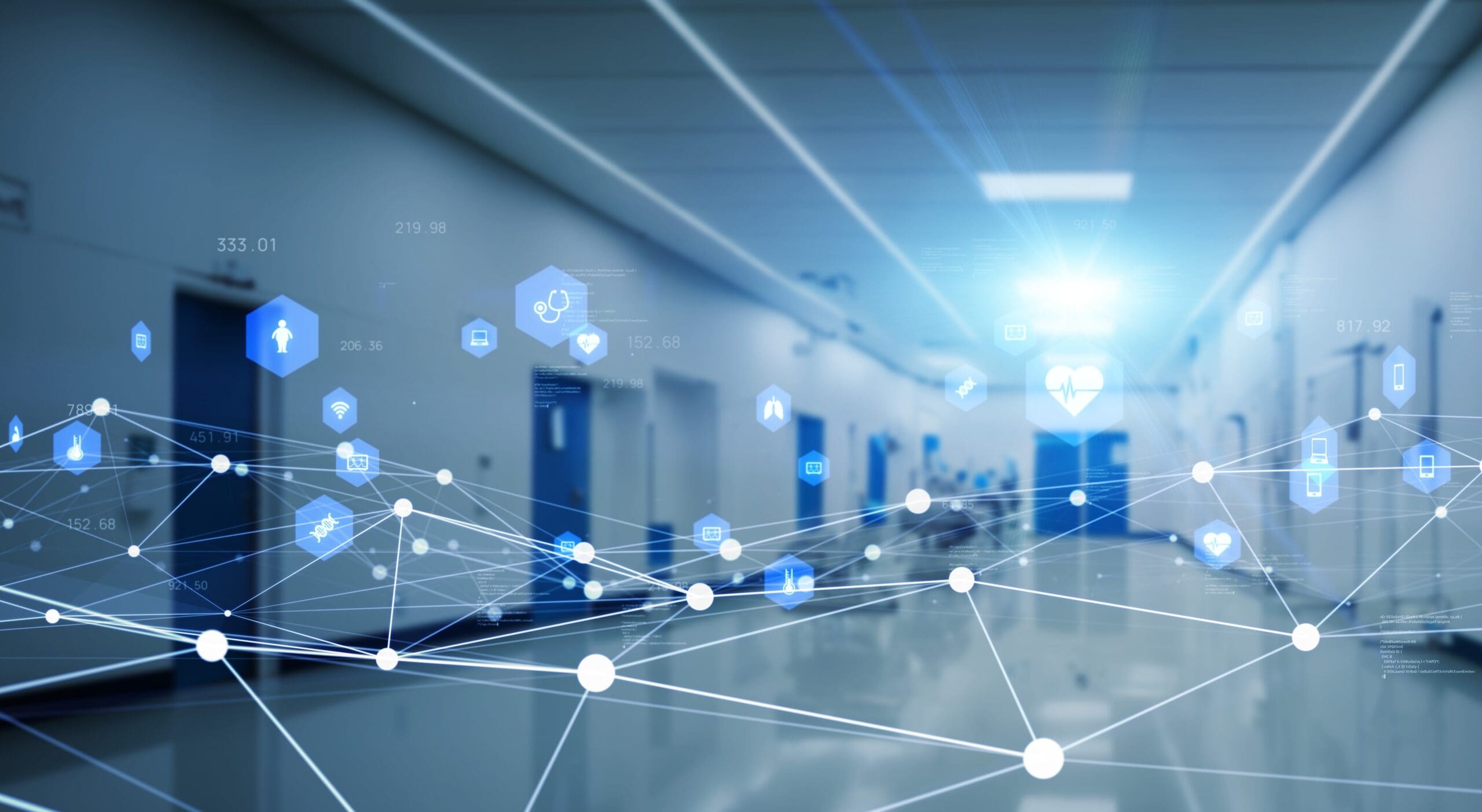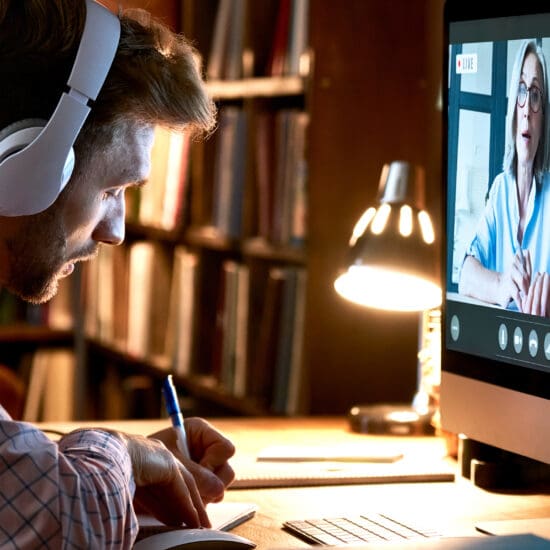Remote Laboratories: The New Frontier in Online Graduate Science Education

Online education has been an ongoing revolution for over two decades, catering to diverse learning needs and bridging geographical gaps. From humanities to mathematics, almost every domain has seen a shift to online platforms.
However, when it comes to science, especially at the graduate level, the prevalent belief was that traditional labs were irreplaceable. Enter Remote Laboratories – the trailblazing solution that’s reshaping the very landscape of online graduate science education.
What Are Remote Laboratories?
Remote laboratories, or “remote labs” for short, are web-based platforms that allow students to engage in practical experiments from a distance. Instead of being physically present, students use software interfaces to interact with actual lab equipment located elsewhere. This is not a simulation but a real-world experiment being conducted in real-time.
The Rise of Remote Labs
1. Breaking the Geographical Barrier
While online courses have allowed theoretical knowledge to be disseminated globally, the challenge remained with practical applications, especially in fields like chemistry, physics, and biology. Remote labs have demolished this barrier, providing students from any corner of the world access to high-quality lab experiences.
2. Flexibility and Accessibility
Students can now perform experiments at their convenience. Whether it’s late at night or during a lunch break, the lab awaits. This flexibility is particularly advantageous for working professionals pursuing graduate studies.
3. Cost Efficiency
Maintaining a physical laboratory comes with associated costs, including equipment, space, and safety measures. With remote labs, educational institutions can reduce overheads, potentially leading to cost savings for students.
4. Safety First
Certain experiments can be hazardous. Conducting them in a controlled environment, monitored by professionals while students access them remotely, reduces the risk of accidents.
Challenges and the Road Ahead
While remote labs offer numerous advantages, there are hurdles to address:
- Connection and Interface Issues: Not all students have access to high-speed internet, which can impede real-time experimentation.
- Hands-on Experience: Some critics argue that the tactile experience of physically handling materials is integral to the learning process.
- Customization: Standardized remote labs might not cater to every specific educational need, prompting the call for more tailored solutions.
The Future is Digital
The rise of remote labs is a testament to the ongoing digital transformation in education. As technology continues to evolve, the lines between physical and virtual experiences might blur further, offering students the best of both worlds.
In conclusion, remote laboratories are not just a temporary solution or a novel trend; they are the vanguard of a new era in graduate science education. As the world becomes more interconnected and digital, remote labs stand out as a beacon of innovation, inclusivity, and forward-thinking in the realm of online education.

